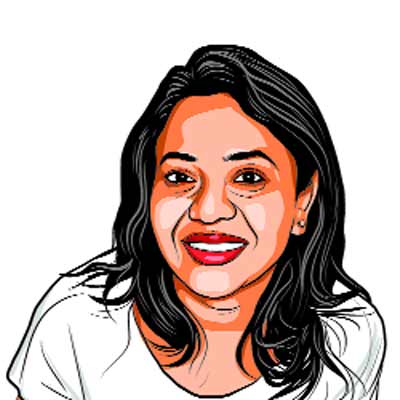 At least one in eight kids between ages two and nine are affected by ailments. (Representational Image)
At least one in eight kids between ages two and nine are affected by ailments. (Representational Image)
At least one in eight children between the ages of two and nine is affected by neurodevelopmental disabilities such as hearing impairment, speech and language disorders, attention deficit hyperactivity disorders and others, according to a new study.
The estimate, however, was a conservative one, said researchers involved in the study — ‘Neurodevelopmental disorders in children aged 2-9 years: Population-based burden estimates across five regions in India’ — published in PloS Medicine. “Our findings show that more than one in 10 children are affected, which translates to millions of children… for the vast majority, their disabilities are undetected or uncared for,” said one of the researchers, Dr Vikram Patel, who is also the co-founder of NGO Sangath and an adjunct professor at the Public Health Foundation of India.

The study used diagnostic assessments to identify nine neuro-developmental disabilities (NDDs) in children across five geographically diverse sites in India: north-central (Palwal), north (Kangra), east (Dhenkanal), west (north Goa), and south (Hyderabad).
Story continues below this ad
While neo-natal, infant and under-five mortality rates have shown a decline during the last decade, the improved survival of children and infants with high-risk NDDS is likely to result in higher prevalence in various communities.
“… These children were assessed for nine common NDDs: vision impairment, epilepsy, neuromotor impairments including cerebral palsy, hearing impairment, speech and language disorders, autism spectrum disorders, intellectual disability, attention deficit hyperactivity disorder, and learning disorders,” said N K Arora, one of the main researchers, who is also associated with the INCLEN Trust International.
A total of 3,964 children were assessed for seven common NDDs: vision impairment, epilepsy, neuromotor impairments including cerebral palsy, hearing impairment, speech and language disorders, autism spectrum disorders and intellectual disability. In children between 6 and 9 years of age, two additional NDDs — attention deficit hyperactivity disorder and learning disorders — were also assessed.
“Overall, we found 475 of 3,964 children had at least one NDD. Among children with NDDs, 21.7 per cent had two or more NDDs…, said Patel. These findings were critically important to guide the implementation of the central government’s Rashtriya Bal Swasthya Karyakram, allotting adequate resources and maximising the role of community-based workers, to identify and support children and families affected by these conditions, he said.
 At least one in eight kids between ages two and nine are affected by ailments. (Representational Image)
At least one in eight kids between ages two and nine are affected by ailments. (Representational Image)







